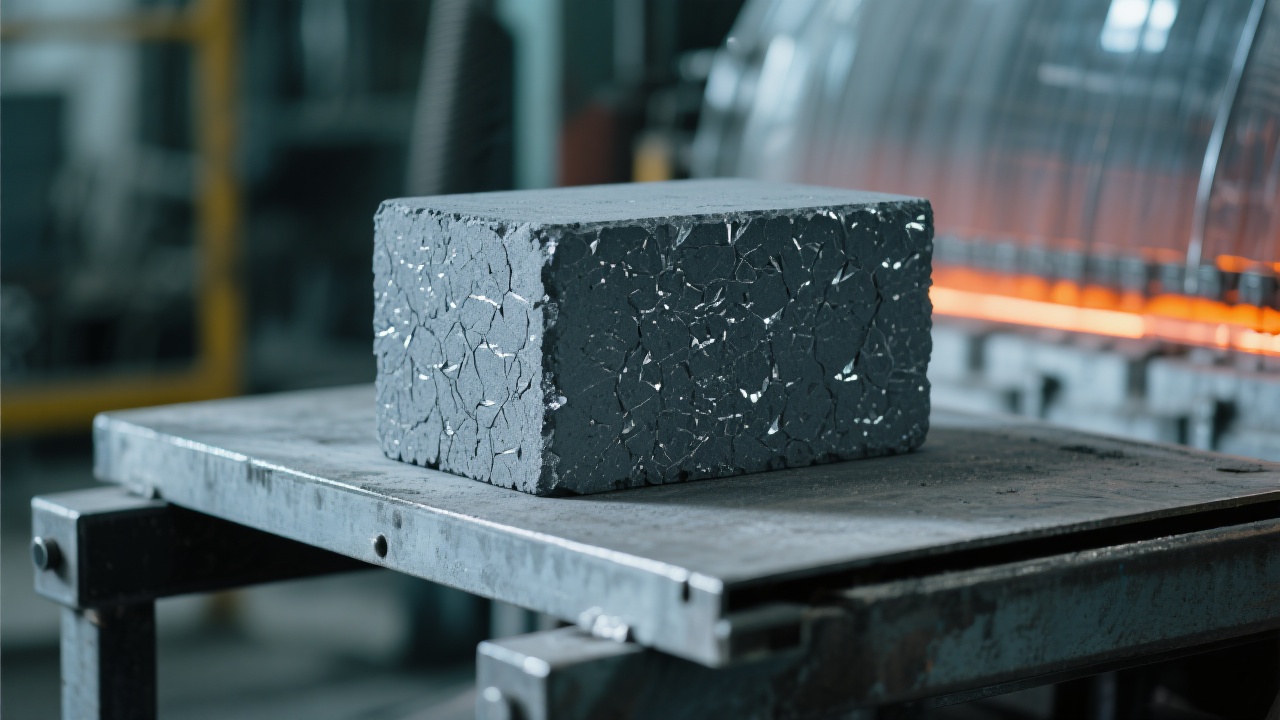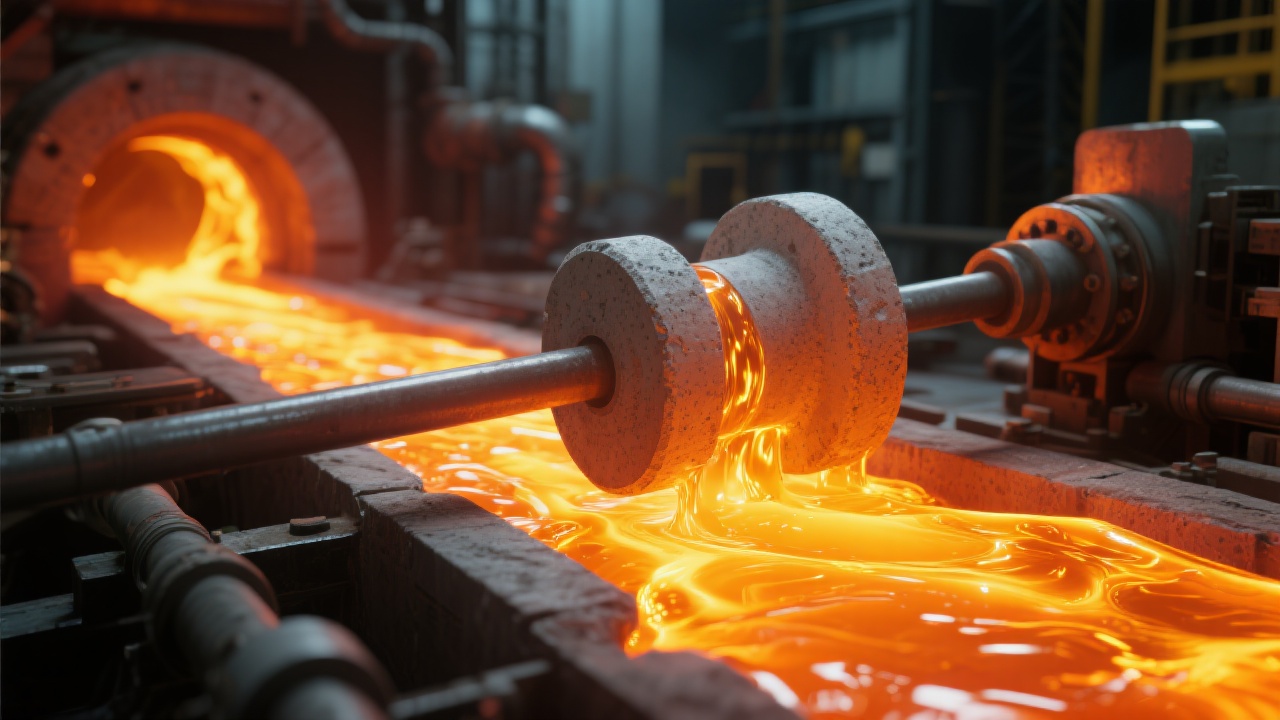
In the aluminum industry, one of the persistent challenges is managing the high energy consumption and costly maintenance of electrolytic aluminum smelting cells. After spending years immersed in this demanding sector, it’s clear that optimizing thermal insulation materials can significantly impact operational efficiency and cost control. Recently, vermiculite insulation boards have emerged as a game-changing solution tailored specifically for electrolytic aluminum cells, delivering superior thermal performance and durability.
Vermiculite, a hydrated laminar mineral, possesses unique physicochemical properties that make it exceptionally suited for high-temperature applications. The specially engineered vermiculite insulation board boasts a remarkable thermal resistance up to 1050℃, outperforming traditional insulation materials such as ceramic fiber boards or refractory bricks, which generally withstand temperatures around 900℃ to 1000℃. Its layered structure not only reduces heat conduction but also supports high-temperature stability, ensuring minimal thermal degradation over extended operating periods.
Beyond thermal resistance, the vermiculite board exhibits a self-purifying effect on organic impurities typically present in the electrolysis environment. This high-temperature purification property reduces contaminant accumulation on the cell surfaces, maintaining insulation integrity and preventing performance drops associated with fouling or corrosion.
One of the most critical benefits aluminum producers seek is the extension of electrolytic cell service life. Field data indicates that cells equipped with vermiculite insulation boards experience a life extension exceeding 10 years, an improvement of at least 30% compared to cells using standard insulation solutions. This longevity is primarily due to:
Thermally, vermiculite insulation boards have a thermal conductivity coefficient as low as 0.07 W/m·K at 800℃, reducing overall heat loss by up to 15% compared to conventional refractory materials. For aluminum producers, this translates into significant energy savings, as less electrical energy is required to maintain operating temperatures.
Moreover, the durability of the vermiculite boards minimizes frequent maintenance shutdowns. Case studies from Southeast Asian aluminum plants have reported a reduction in maintenance frequency from once every 12 months down to once every 18-24 months, resulting in operational uptime increasing by nearly 10%. Real-world data shows maintenance cost reductions of 20% annually when adopting vermiculite insulation solutions.
| Parameter | Vermiculite Insulation Board | Traditional Refractory Materials |
|---|---|---|
| Max Operating Temperature | 1050℃ | 900-1000℃ |
| Thermal Conductivity (at 800℃) | 0.07 W/m·K | 0.1 W/m·K |
| Service Life Extension | ≥ 10 years | 7-8 years |
| Maintenance Frequency Reduction | ~30% less | Baseline |
A leading aluminum producer in Southeast Asia integrated vermiculite insulation boards into newly fabricated electrolytic cells after facing recurring issues with refractory brick degradation and excessive energy consumption. Over an 18-month monitoring period, the plant observed:
This combination of durability and efficiency underscores why vermiculite insulation boards are rapidly becoming the insulation material of choice in the aluminum sector.

While ceramic fibers and traditional refractory bricks remain common in many aluminum plants, vermiculite insulation boards offer the distinct advantage of combining thermal insulation, high-temperature chemical stability, and a natural purification mechanism. This unique synergy reduces downtime, lowers total cost of ownership (TCO), and supports sustainability goals through energy savings.
Key considerations when selecting insulation materials:

For aluminum industry decision-makers, the strategic adoption of vermiculite insulation boards presents an opportunity to optimize plant efficiency and enhance competitive advantage. Our technical specialists recommend starting with a comprehensive thermal and lifecycle cost analysis to tailor the insulation solution to your specific operational parameters.

Have you faced challenges with high energy costs or premature insulation degradation in your aluminum smelting operations? Share your specific scenarios or pain points, and we’ll provide 3 tailored industry case studies showcasing how vermiculite insulation boards have delivered measurable improvements.

